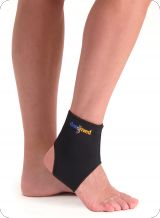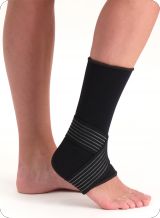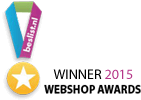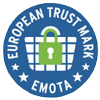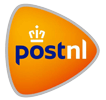Worn ankle
A worn ankle is a condition that affects the cartilage between three bone parts in the ankle. The pain increases as the damage gets worse. Wear is slowly getting worse and does not go away. However, the condition can be treated in various ways. Curious about more information, such as how to treat it? Then feel free to read on. We are happy to explain.
Read more »What is a worn ankle?
Wear and tear in the ankle is a condition of the cartilage in the joints. It is also known as osteoarthritis. The bone is covered with a layer of cartilage. This allows the joint to move smoothly. With a worn ankle, the cartilage wears down excessively. As a result, the cartilage becomes thinner or disappears completely. This leads to various symptoms.

The causes
Wear and tear in the ankle has one of the following causes:
- A condition, such as an ankle fracture (bone fracture) or instability of the ankle ligaments. This is called post-traumatic osteoarthritis.
- An inflammatory reaction in the ankle joint, as can occur with rheumatoid arthritis. Both ankles are usually affected and there is a chance that other joints may also be affected.
- Wear and tear of the cartilage layer due to age or unknown cause. As a result, this layer of cartilage becomes thinner, and the underlying bone is partially exposed. This form of osteoarthritis occurs mostly in middle-aged or older people.
Symptoms of wear and tear in the ankle
There are several symptoms you may experience with a worn ankle, namely:
- (Morning) stiffness
- Pain at rest
- Swelling of the ankle
- Stance deviation
- Movement restriction
- Pain on (starting) movement

Treatment of a worn ankle
Unfortunately, a worn ankle cannot heal. This is because cartilage does not regenerate. However, there are several treatments to reduce the symptoms. For example, it is important to reduce the load on the joint. Preventing excess weight is therefore important.
In addition, an exercise programme supervised by a physiotherapist is a good way to strengthen the muscles and keep the mobility of the foot and ankle as good as possible. Furthermore, custom-made shoes or soles can help make the foot's gait easier. Finally, wearing ankle support can provide support and reduce symptoms.


